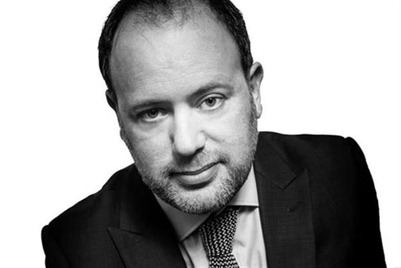
“The worst problem” Japanese companies have is understanding what a brand is, according to Tatsuro Utsugi, a member of the Japanese cabinet office responsible for intellectual property strategy, in a session at Advertising Week Asia.
Utsugi said the cabinet had begun supporting companies in trying to define brand value. “Most companies don’t emphasise it,” he said, noting that 90% of the time, people confuse brand value with patents.
There is hope, however. David Haigh, chief executive of Brand Finance, a company specialising in brand valuations, listed Toyota president Akio Toyoda as one of the world’s top five “brand guardians”, second only to Jeff Bezos and above Bernard Arnault, Tim Cook and Robin Li.
Haigh said he was confident that Toyota, which Brand Finance lists as Japan’s strongest brand, would also endure as the world’s strongest automotive brand, provided that it is able to manage the transition to electric power.
He listed the three fastest growing brands from Japan as Shiseido, Uniqlo and Tokio Marine, saying their upward trajectory came from a focus on developing international markets, and having a firm understanding of their brand value. But he said lots of companies were still run by people “who pay no attention to the fundamentals of branding”.
“Companies must increasingly bring the brand into board discussions and let it drive strategy,” he said. “Many companies are still not doing that. I find it strange that I’m saying that companies need to, because it’s just so obvious.”
Be like someone who 'unfollows'
The theme of building valuable brands continued in a delivery from Pelle Sjoenell, BBH’s Los Angeles-based worldwide chief creative officer. The Swede focused on the importance of behaving differently to the crowd (which is central to BBH’s own proposition).
Sjoenell began by listing “black sheep” he found inspiring: the designer Kansai Yamamoto, for his creation of the Ziggy Stardust persona with David Bowie; the late silversmith Takashi Goro, for his innovative approach to retail; Marcel Duchamp, for changing the way people think about art.

These individuals stand out for going against what everyone else was doing at the time, he said. “Advertising all looks the same,” he noted, because “we all get the same influences; we follow more or less the same people [on social media]. That’s where the white sheep are, and that’s a great inspiration because that’s where you find what you shouldn’t do. You don’t have to ‘unfollow’, but you have to think like someone who is ‘unfollowing’.”
Brands shouldn’t strive to be different just for the sake of it, but because it’s a way of achieving growth, he said. However, distinction is best achieved within the context of what people are already interested in.
“Get your work to go with what people are talking about, and then you can catch that wave,” he concluded. “Look at the zeitgeist and how your brand is related to that, as opposed to simply looking for a way to have people talk about you.”
BBH had a short-lived presence in Japan between 2005 and 2008.


+(900+x+600+px)+(3).png&h=334&w=500&q=100&v=20250320&c=1)
+(900+x+600+px).jpg&h=334&w=500&q=100&v=20250320&c=1)
.jpg&h=334&w=500&q=100&v=20250320&c=1)


.jpg&h=334&w=500&q=100&v=20250320&c=1)
+(900+x+600+px).png&h=334&w=500&q=100&v=20250320&c=1)

+(900+x+600+px)+(1).png&h=334&w=500&q=100&v=20250320&c=1)





.jpg&h=268&w=401&q=100&v=20250320&c=1)


